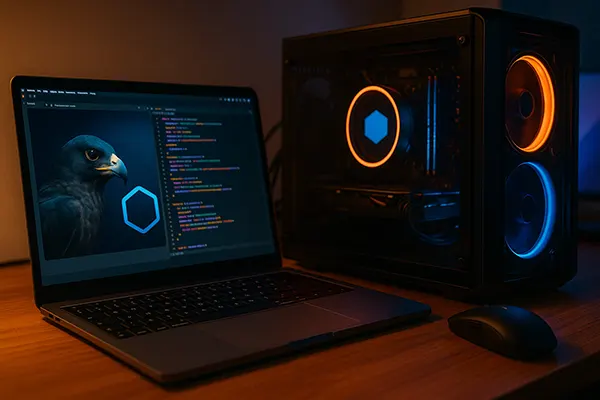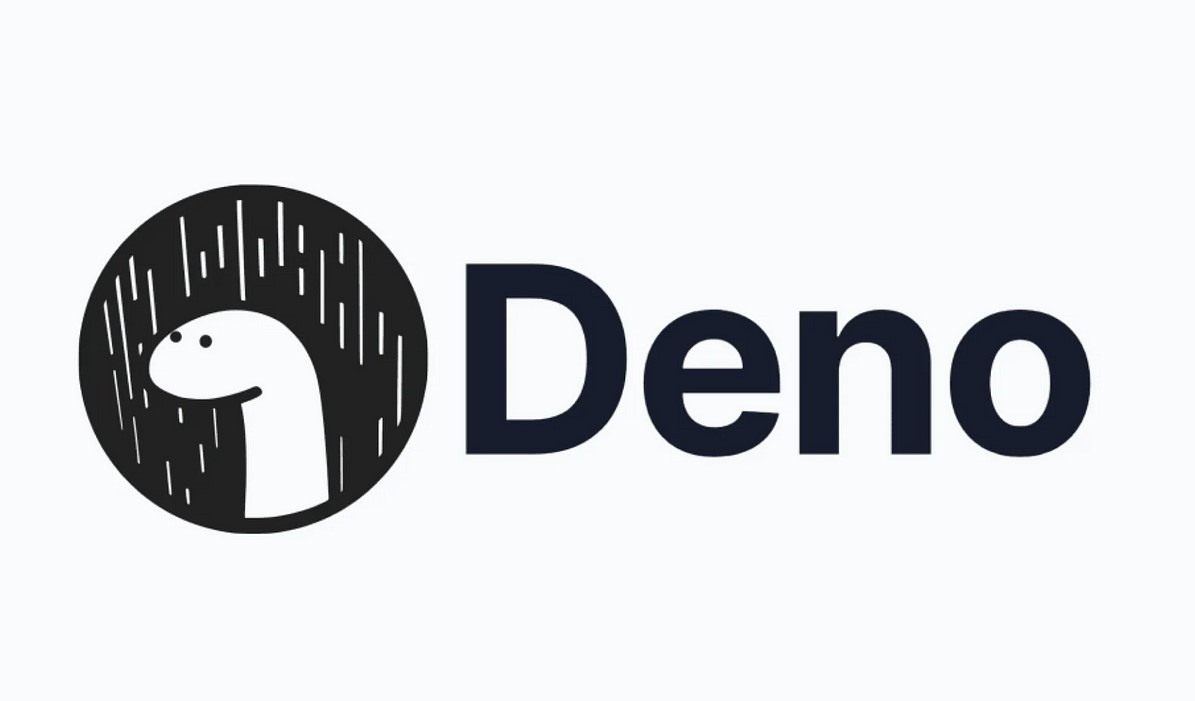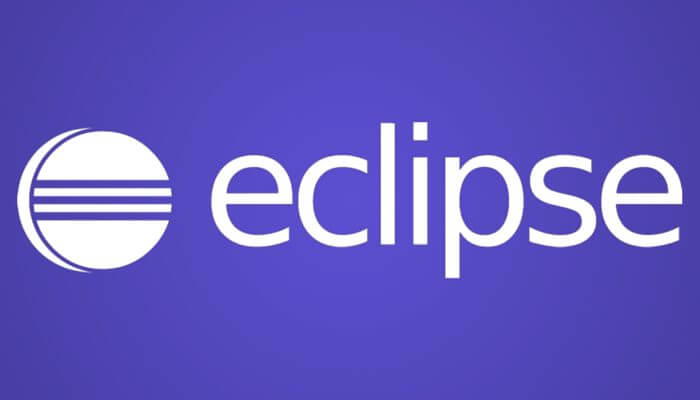
Tauri vs Electron in 2025: Modern Cross-Platform Development Without the Extra Weight
As the desktop software landscape continues to evolve, developers in 2025 are increasingly turning to more efficient and secure frameworks for cross-platform applications. While Electron remains a widely used solution, Tauri has emerged as a lightweight alternative, particularly appealing to those looking for minimal footprint, enhanced security, and Rust-backed performance. This article explores how Tauri stands up to Electron in today’s development environment, with real examples and practical insights.
The Advantages of Tauri for Native Application Development
Tauri has gained recognition due to its lean architecture and ability to integrate with Rust, a systems programming language celebrated for its safety and performance. Unlike Electron, which bundles Chromium and Node.js into each app, Tauri uses the system’s webview, drastically reducing application size and resource consumption.
One of the most praised features of Tauri is its robust security model. With a much smaller attack surface and fine-grained permission system, Tauri allows developers to specify exactly what APIs an app can access, reducing vulnerabilities in production-ready software. This makes Tauri an attractive choice for developers focused on privacy, security, and compliance.
Moreover, Tauri apps are incredibly efficient in terms of memory and CPU usage. On average, Tauri applications consume 60–90% less RAM than comparable Electron apps. This efficiency is not just beneficial for performance—it also enhances battery life on laptops and improves the user experience overall.
Rust and JS: A Future-Ready Combination
Tauri’s core benefit lies in bridging the flexibility of JavaScript frontend development with the performance of Rust for backend logic. Developers can build the UI using their favourite JS frameworks—such as React, Svelte, or Vue—while relying on Rust for high-speed, native operations.
This separation of concerns allows for optimised, secure apps that can perform near-native tasks with Rust, without sacrificing the convenience of modern web development practices. With Tauri CLI providing intuitive commands and strong documentation, developers have a smooth entry into cross-platform native application building.
Additionally, Rust’s package ecosystem via Cargo is tightly integrated with Tauri. This allows developers to add performance-critical components like cryptography, image processing, or file system access without bloating the app or compromising maintainability.
Where Electron Falls Short in 2025
While Electron has been instrumental in popularising cross-platform desktop development, its model has become increasingly burdensome. Apps built with Electron tend to be massive—often exceeding 150 MB—and come with higher memory and CPU requirements due to bundling a full Chromium runtime.
In 2025, energy consumption and ecological responsibility are hot topics. Electron-based apps, especially those running constantly in the background, are known for draining laptop batteries and consuming system resources needlessly. This makes them less suitable for modern, performance-conscious workflows.
Moreover, Electron has faced criticism for its lag in adopting the latest web standards and security patches, mainly due to its reliance on customised Chromium builds. In contrast, Tauri leverages native webviews, which are typically kept up-to-date by the operating system, offering a more secure and efficient pathway for developers and users alike.
Developer Feedback and Maintenance Overhead
Many developers find maintaining Electron apps increasingly frustrating. Issues like memory leaks, slow startup times, and patching Chromium-specific bugs are common complaints. With Tauri, fewer dependencies and more transparent build pipelines lead to easier maintenance and faster iteration cycles.
The smaller app sizes also result in faster CI/CD pipelines, especially when deploying to multiple platforms. For startups and indie developers, this translates to reduced infrastructure costs and quicker go-to-market timelines.
In addition, the Tauri community in 2025 is vibrant and rapidly growing. GitHub repositories and Discord channels show a consistent increase in contributors, ensuring that the framework evolves with the demands of modern developers.

Real-World Applications Built with Tauri
Several open-source and commercial projects have chosen Tauri as their foundation. One notable example is the popular Git client *Ariadne*, praised for its responsive UI and minimal system footprint. Compared to Electron-based alternatives, Ariadne starts in under one second and occupies less than 40 MB on disk.
Another standout is the cryptocurrency portfolio tracker *LumenTrack*, which benefits from Tauri’s security-first approach, ensuring private key storage and wallet syncs remain isolated from potential threats. Its use of Rust ensures faster data aggregation and lower memory usage.
Additionally, Tauri is now being used in educational software like *LangForge*, which leverages native OS capabilities while keeping user data secure on-device—ideal for school and university deployments with strict privacy requirements.
Open Source Ecosystem and Community Growth
Tauri’s open-source ecosystem is expanding rapidly. Developers have contributed plugins for notifications, auto-updates, deep linking, and even biometric authentication. Unlike Electron, where many key features are proprietary or third-party maintained, Tauri encourages first-party support for essential tools.
With backing from the Open Web Advocacy group and strong governance via the Tauri Programme within the Commons Conservancy, the project benefits from transparency, long-term vision, and inclusive community practices.
GitHub stars for Tauri surpassed 70,000 by February 2025, with more than 2000 contributors actively maintaining and extending the framework. It is now widely seen as the go-to alternative to Electron for serious desktop software.





